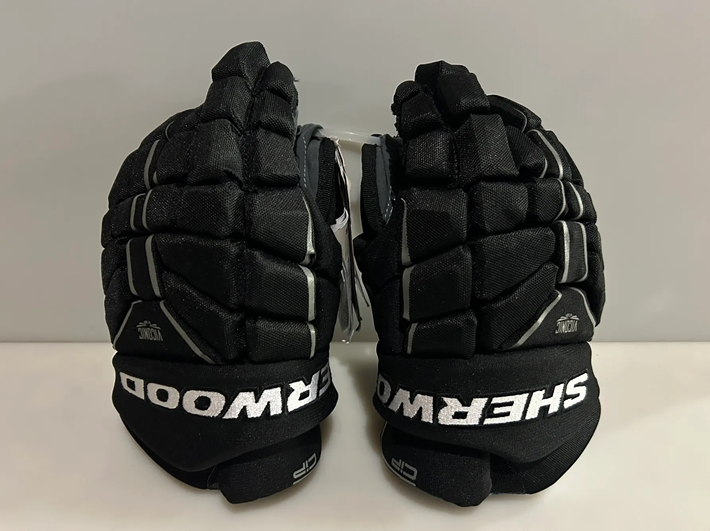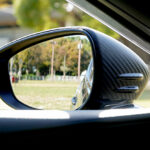Getting into youth hockey is an exhilarating experience for both kids and their parents. The first time on the ice, the new skills and the shared team experience are ones to cherish. First things first, however, the puck drop comes with one giant leap that all young players have to take: the right equipment. With so much equipment available, the choice process can be a tad overwhelming. Safety, comfort and fit are key when it comes to hockey equipment, especially for young players.
Hockey Gloves

Of all the children’s hockey equipment, gloves are the most essential piece. They assist in protecting hands and wrists from pucks, sticks and falls without hampering flexibility and control. A good pair of hockey youth gloves is a great comfort and performance-enhancing addition, enabling kids to handle their stick and puck with ease.
Fit is the foremost aspect to consider when choosing gloves. They need to be tight enough to stay in place but loose enough to allow full finger and wrist motion. Gloves that are too tight restrict movement, and those that are too loose do not offer sufficient protection. Junior gloves tend to be hand length, so it is advisable to measure from the tip of the middle finger to the base of the palm before buying.
Material plays a big role in both comfort and longevity. The new hockey youth gloves are predominantly synthetic leather or nylon, with extra padding on the fingers and backhand for protection. The palm is usually soft leather or a sturdy synthetic material that gives a good stick feel and grip. Breathability is also a factor, as hockey can get hot and sweaty. Look for gloves with moisture-wicking liners that will provide your hands with dryness and comfort throughout the game.
Hockey glove maintenance is essential in keeping them in shape. They need to be dried out after every practice or match to prevent odour and bacterial buildup. Do not just throw them into the dry machine since the heat could compromise the materials. Cleaning them from time to time and using deodorizing sprays meant for sports gear will also keep them fresh.
Ultimately, a fitted pair of youth ice hockey gloves gives young players the protection they need without taking their mind off their game, not their gear. Whether they are learning to block, shoot, or pass, the correct gloves make each action simpler and safer.
Shin Guards
Shin guards are also a required addition to young hockey players. They protect the lower leg from flying pucks, sticks and accidental bumps, which happen quite often during play. Junior shin guards are designed to fit tightly over the shin and knees using straps or Velcro.
While choosing shin guards, fit and size matter. The guard must be above the ankle level to mid-thigh, but not slipping or tightening up movement. Most players wear them under hockey socks and over the base layer, so it being right ensures safety as well as comfort.
Elbow Pads
Elbow pads may look small, but they are vital in avoiding injuries when falling or colliding. They provide cushioning to the elbows and forearms and prevent bruising or more severe injury when the players fall on the ice.
Adequate elbow pads should be snug but not slippery. Too tight, and they become a nuisance; too loose, and they will fly off. Adjustable straps simplify finding that fit. Many pads now incorporate moisture-wicking liners to cool and dry players, especially for long practice sessions.
Knee Pads
Whereas shin guards might cover a portion of the knee, some young players like extra cushioning in the shape of knee pads. These can be particularly beneficial during kneeling drills or shot blocking.
Knee pads must fit well underneath or over the base layers and remain in place while skating. Find flexible padding that enables freedom of skating without obstruction. Drying and storing them after usage extends their life and preserves their protective features.
Helmet
The helmet is most likely the most essential protective gear in hockey. It protects the head from blows, falls, and loose pucks or sticks. Helmets with full cages or visors are used by young players to protect the face and the head.
Proper fit is paramount when choosing a helmet. It should sit level on the head, overlapping the forehead but not wobbling or pinching. Most are adjustable, which is helpful for children who grow fast. Comfort features like padding and ventilation guarantee players will actually enjoy wearing them.
Protective Cups
Protective cups are needed for all players, regardless of age. They guard one of the most exposed areas of the body and are not a choice in a contact sport like hockey. They are generally built into compression shorts or jock straps and are comfortable to wear and fit nicely. The right size is simple to obtain, and comfort is important; players need to be able to move about without restriction.




